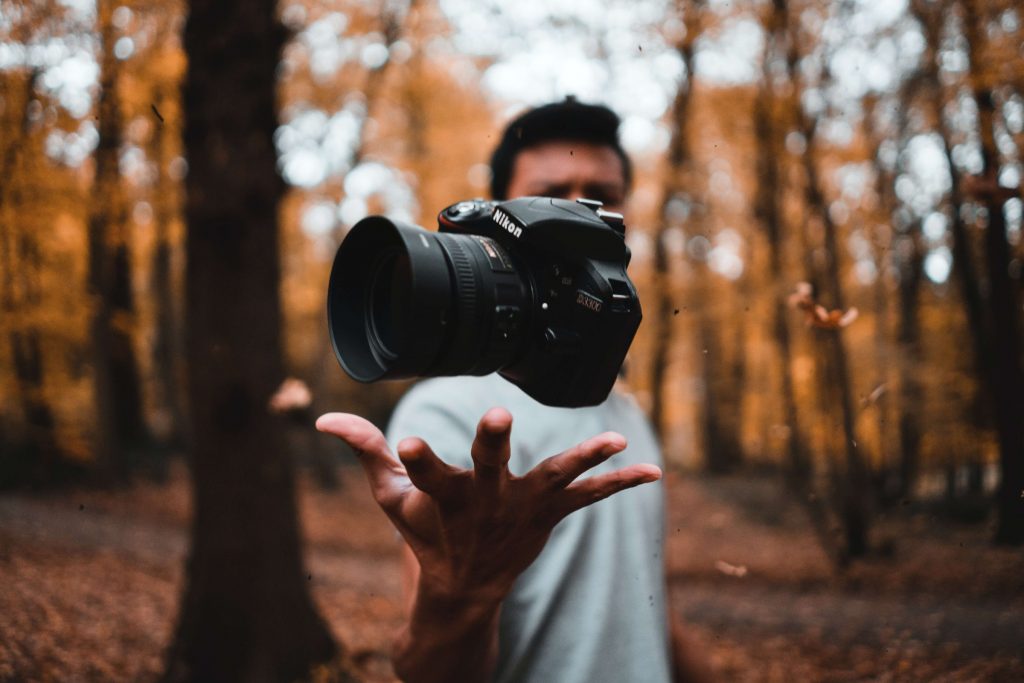Photography is not just about capturing a moment; it is an art form that allows artists to express their creativity and vision. One of the key elements that artists utilize in photography is composition. Composition refers to the arrangement and placement of visual elements within a photograph. It plays a crucial role in creating impactful and visually appealing images. In this article, we will explore how artists use composition in photography to convey their message, evoke emotions, and captivate viewers.
- Rule of Thirds:
The rule of thirds is a fundamental principle in composition. It involves dividing the frame into a grid of nine equal parts using two horizontal and two vertical lines. By placing the main subject or points of interest along these lines or at their intersections, artists create a balanced and visually pleasing composition. This technique helps draw the viewer's attention to the subject while adding depth and visual interest to the image. - Leading Lines:
Artists often use leading lines to guide the viewer's eye through the photograph. These lines can be actual lines, such as roads, rivers, or fences, or implied lines created by the arrangement of objects or shapes. Leading lines create a sense of depth, movement, and direction within the image, leading the viewer's gaze towards the main subject or focal point. They add a dynamic element to the composition and enhance the overall visual impact. - Framing:
Framing is a technique that involves using elements within the photograph to frame the main subject. This can be achieved by using natural elements like arches, doorways, or windows, or by creating artificial frames using objects or structures. Framing adds depth, context, and visual interest to the composition, drawing the viewer's attention to the subject while providing a sense of perspective and storytelling. - Balance and Symmetry:
Artists often strive for balance and symmetry in their compositions to create a sense of harmony and visual stability. Symmetrical compositions involve mirroring elements on either side of the frame, creating a sense of equilibrium. Asymmetrical compositions, on the other hand, involve balancing elements of different sizes, shapes, or colors to create a visually pleasing and dynamic composition. Balance and symmetry help create a sense of order and aesthetic appeal in the photograph. - Negative Space:
Negative space refers to the empty or unoccupied areas surrounding the main subject in a photograph. Artists use negative space to create a sense of simplicity, minimalism, and focus on the subject. By carefully composing the elements within the frame and utilizing negative space, artists can emphasize the subject, evoke emotions, and create a powerful visual impact.
Conclusion:
Composition is a powerful tool that artists use to transform ordinary photographs into extraordinary works of art. By understanding and applying techniques such as the rule of thirds, leading lines, framing, balance, symmetry, and negative space, artists can create visually captivating and emotionally engaging images. The art of composition allows photographers to convey their message, evoke emotions, and leave a lasting impression on viewers. So, next time you pick up your camera, remember to unleash the power of composition and let your artistic vision shine through.




More Stories
Swab Tube Procurement Guide: How to Source Reliable and Compliant Products for Global Markets
Why Stainless Steel Sports Bottles Are Perfect for Every Workout
Achieve Healthier, Stronger Hair: The Power of Keratin Purifying Shampoo